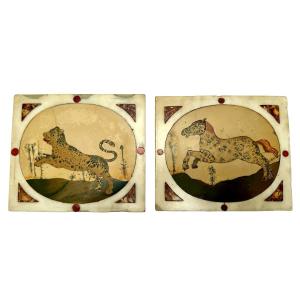Depicting a leopard and a horse, within oval Alberese of the Arno stone backgrounds (with their luminous pale yellow tone and landscape elements such as arborescence, typical detail of a pietre paesina).
The primary role of these panels was to decorate cabinets. They survived the decline of the latter, kept by collectors as separate items, admired for their own sake.
The art of hard stone 'mosaic' for decorative purposes was used in many European courts from the mid-16th century, but it was at the Medici court in Florence that it reached its peak heyday, particularly under the patronage of Cosimo I (r. 1569-74), his son Francesco (r. 1574-87), and Cosimo's brother Ferdinand I (r. 1587-1609), who officially established the Grand Ducal workshop, the Galleria dei Lavori, in 1588.
For similar panels illustrating the tradition of depicting animals in 17th-century Florentine pietra dura, including those depicted in a table top including panels in the style of Baccio del Bianco, see Anna Maria Giusti, 'Pietre Dure: Hardstone in Furniture and Decorations', London 1992, p.83, fig. 26, p.218, fig.76.
Please do not hesitate to contact me if I can be of any assistance or to organise transport. Worldwide possible.














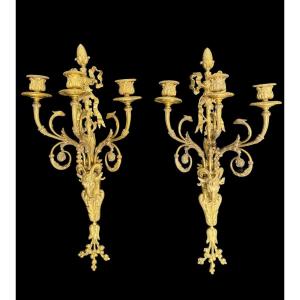
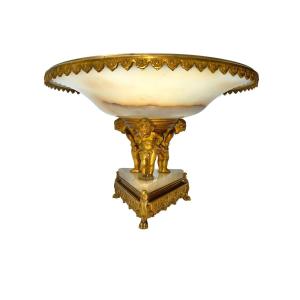
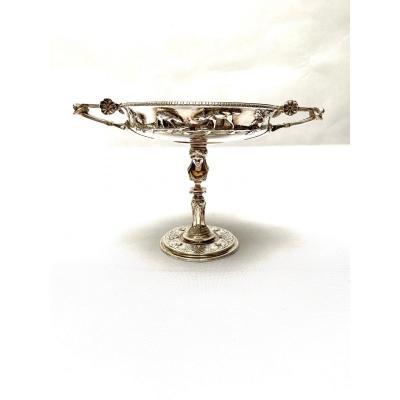



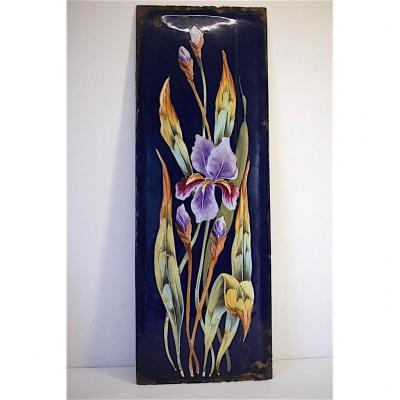
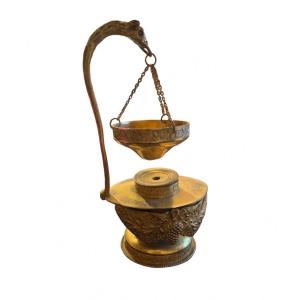


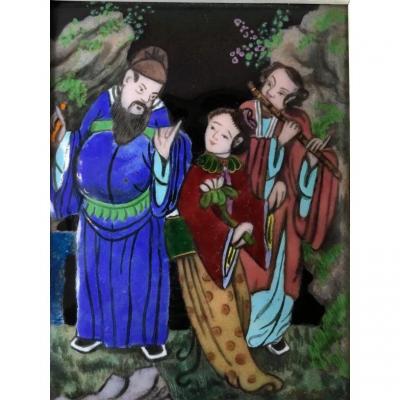




 Le Magazine de PROANTIC
Le Magazine de PROANTIC TRÉSORS Magazine
TRÉSORS Magazine Rivista Artiquariato
Rivista Artiquariato
